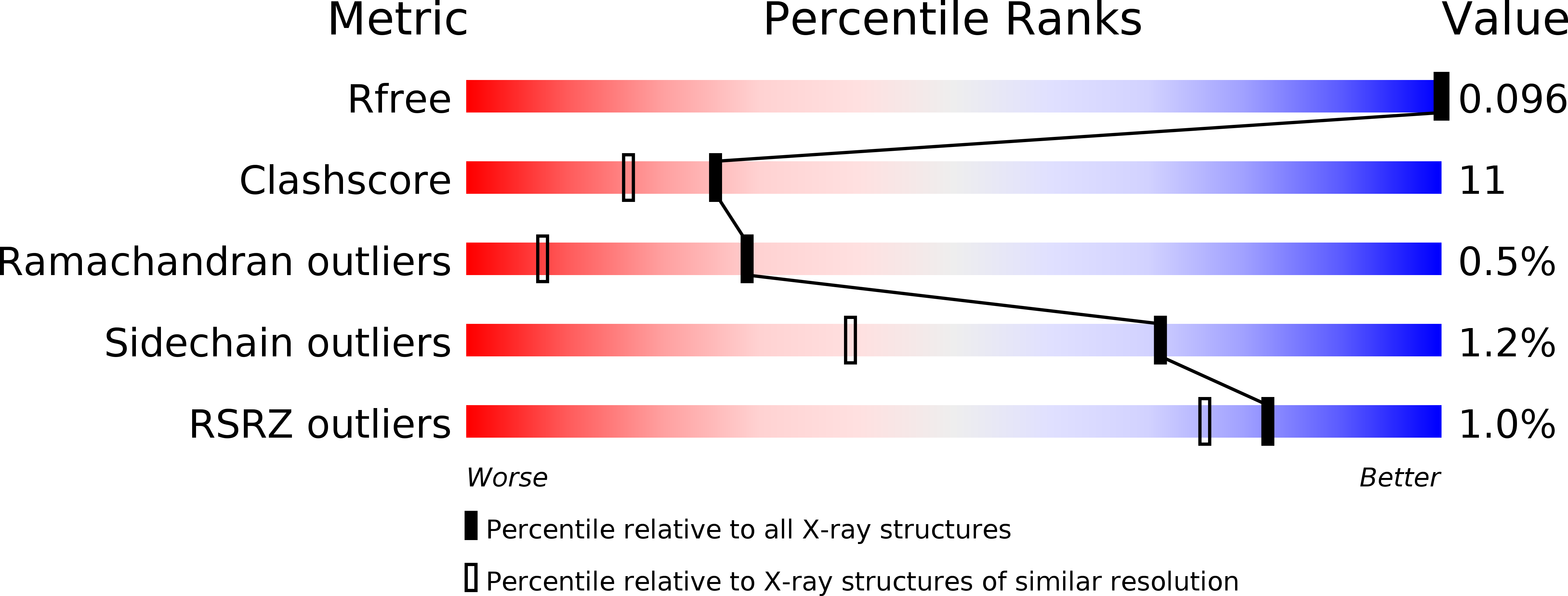
Deposition Date
2013-12-30
Release Date
2014-10-22
Last Version Date
2024-11-06
Entry Detail
PDB ID:
3WOU
Keywords:
Title:
Crystal Structure of The Recombinant Thaumatin II at 0.99 A
Biological Source:
Source Organism:
Thaumatococcus daniellii (Taxon ID: 4621)
Host Organism:
Method Details:
Experimental Method:
Resolution:
0.99 Å
R-Value Free:
0.11
R-Value Work:
0.09
Space Group:
P 41 21 2


